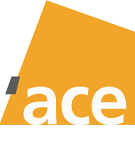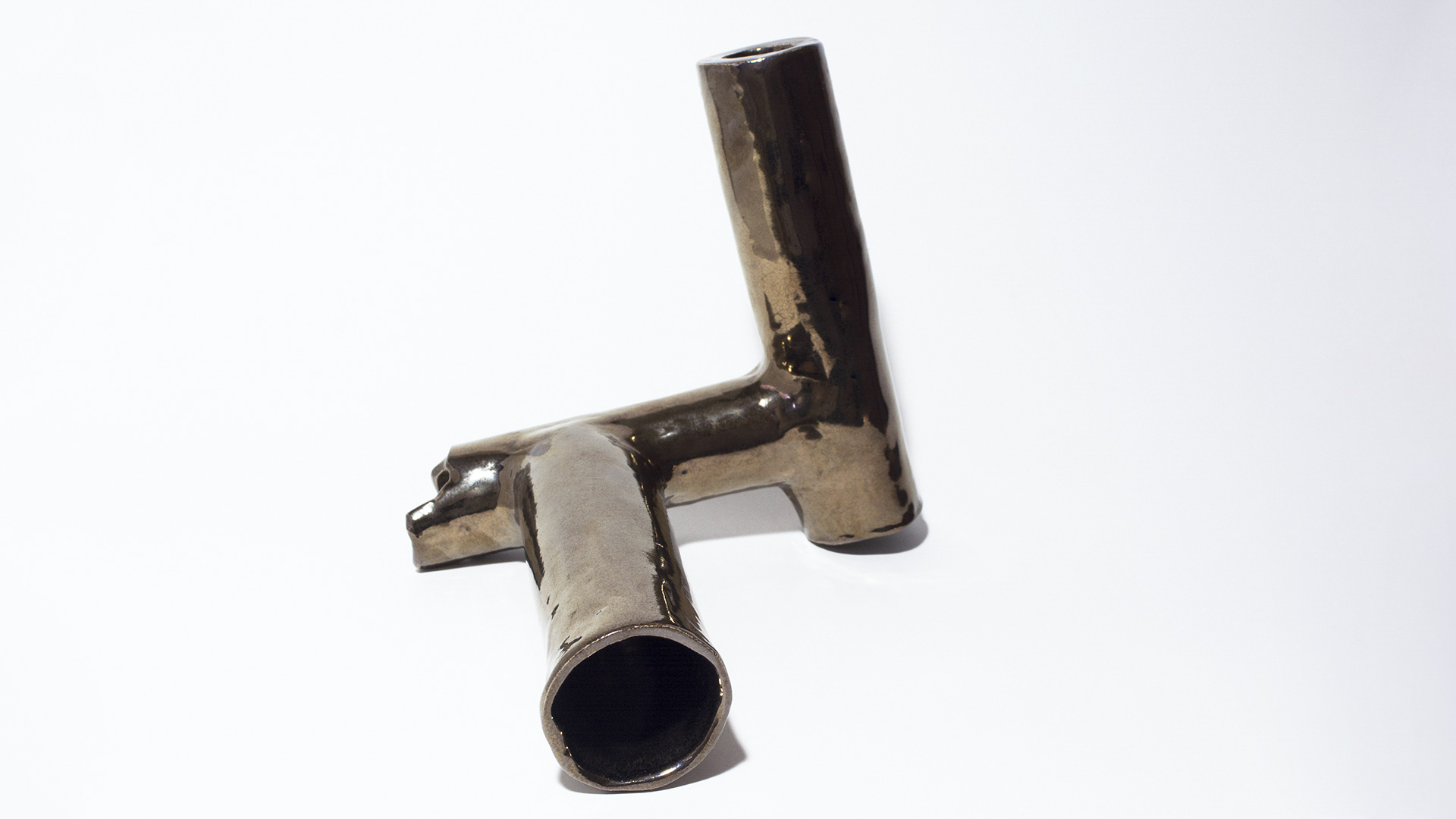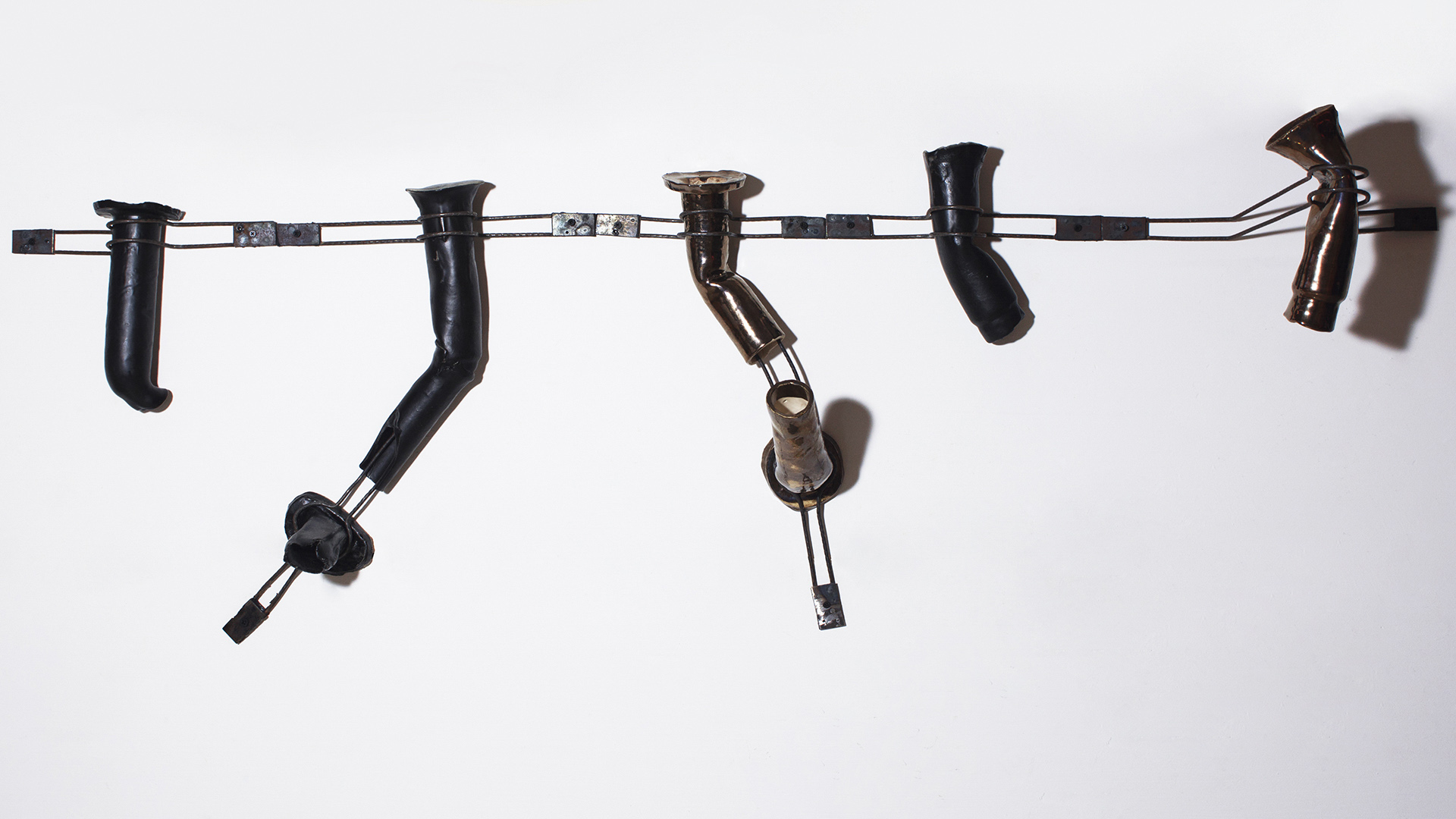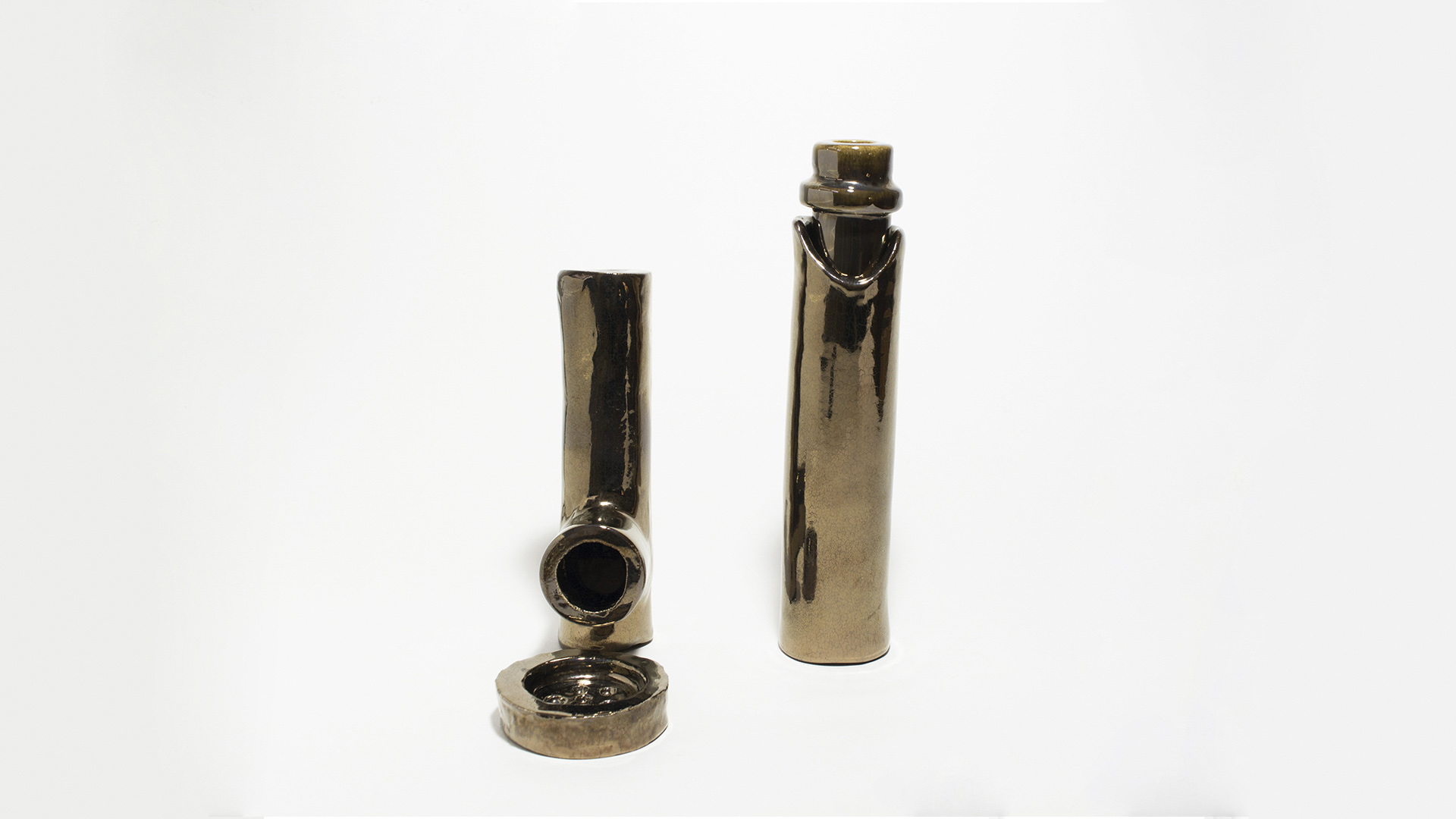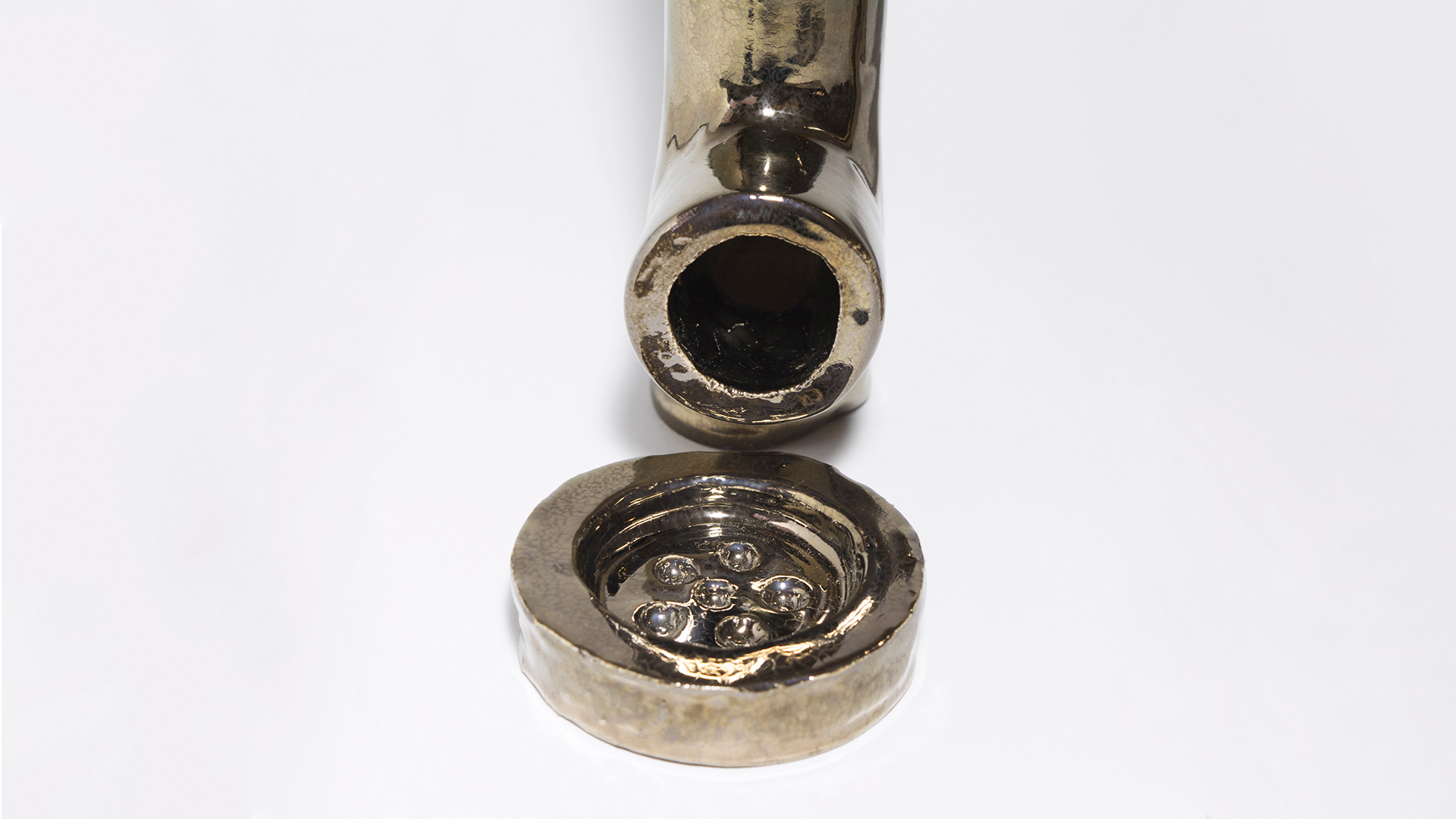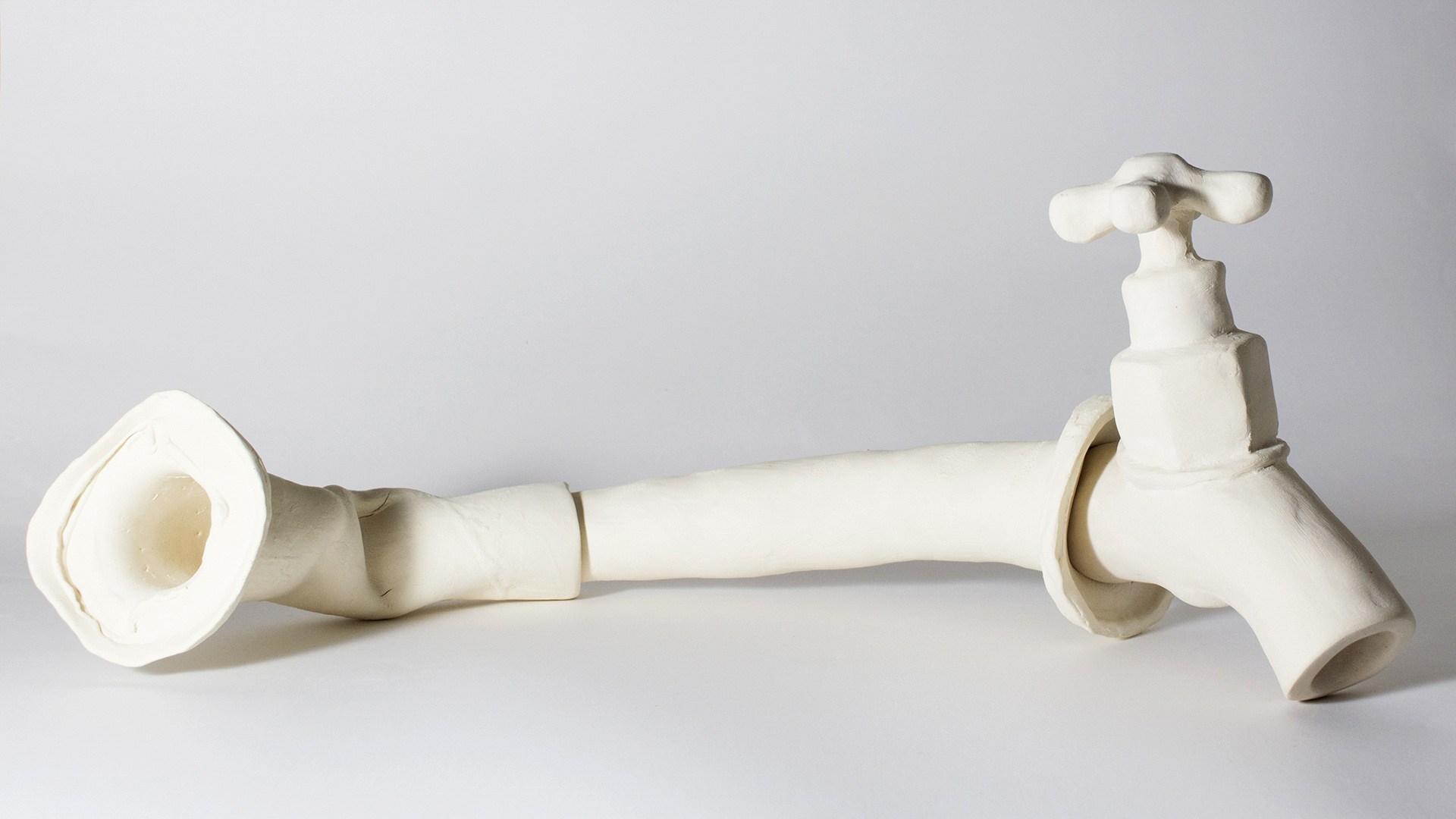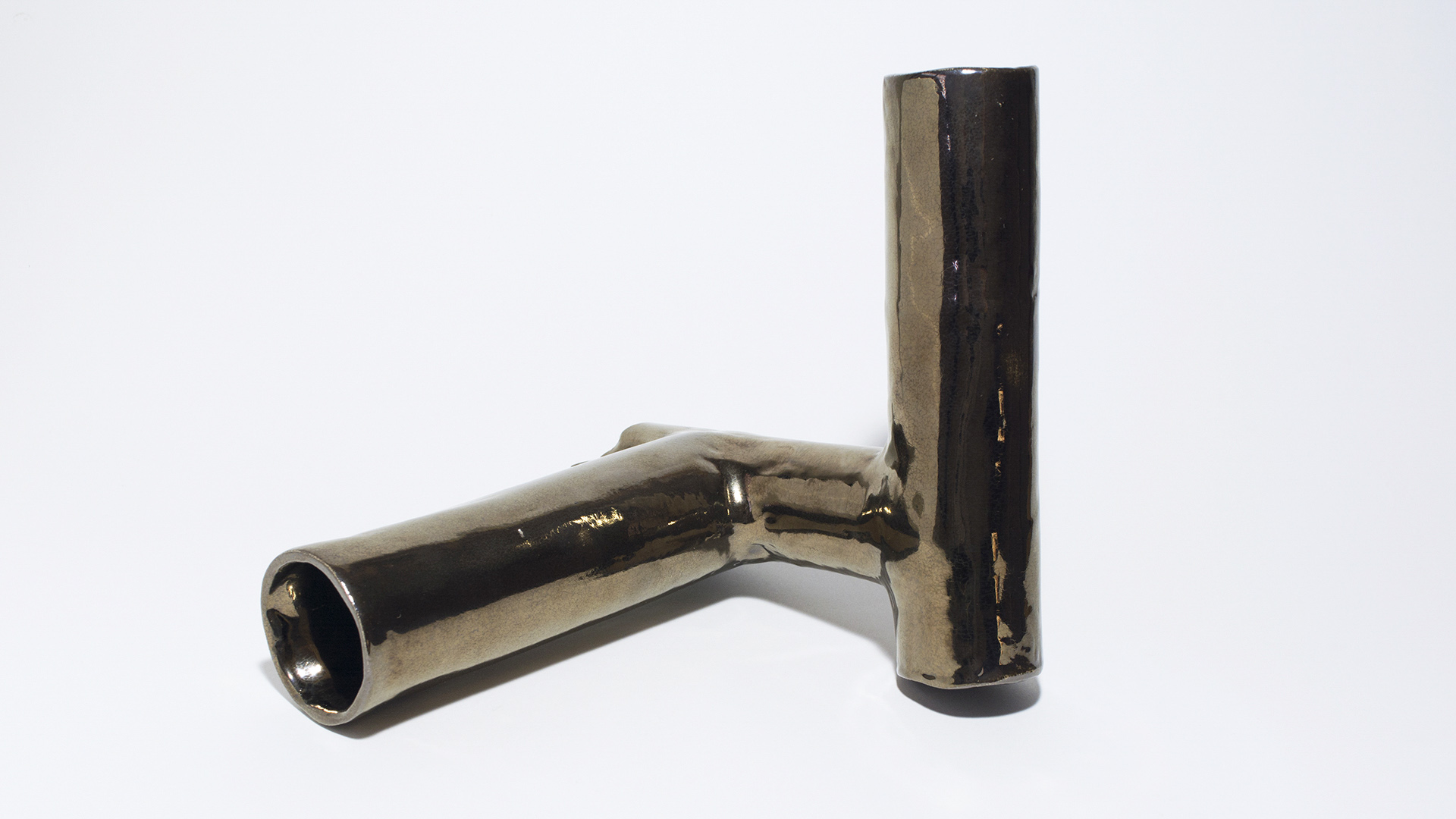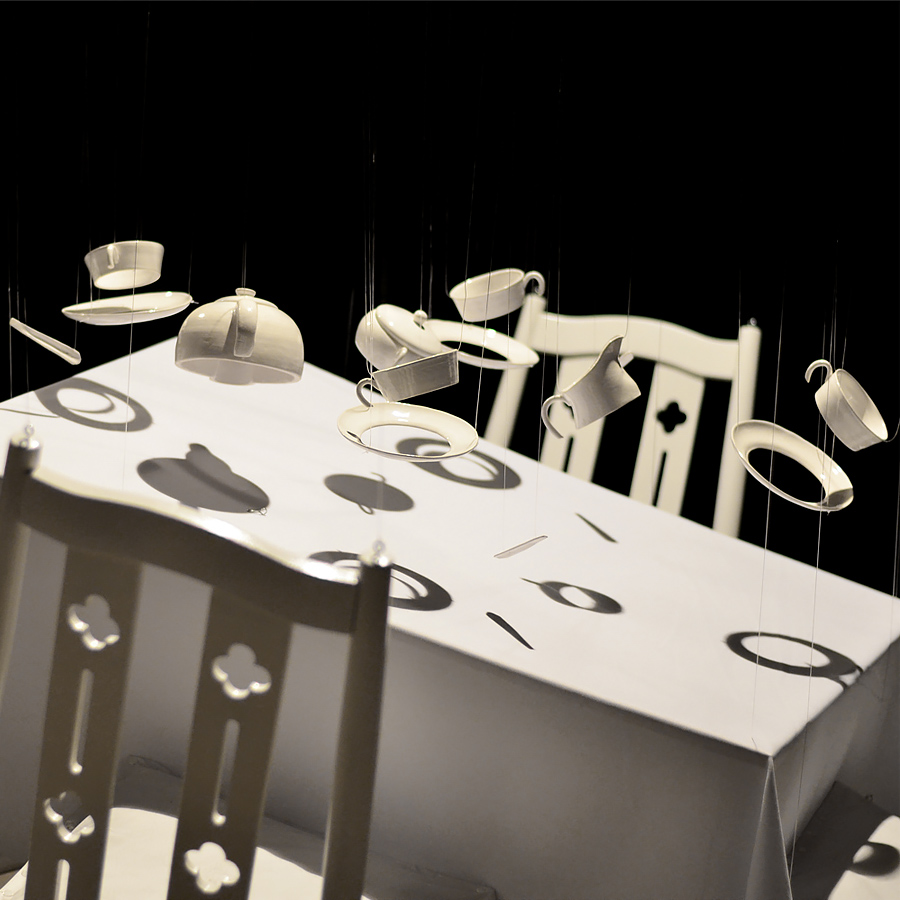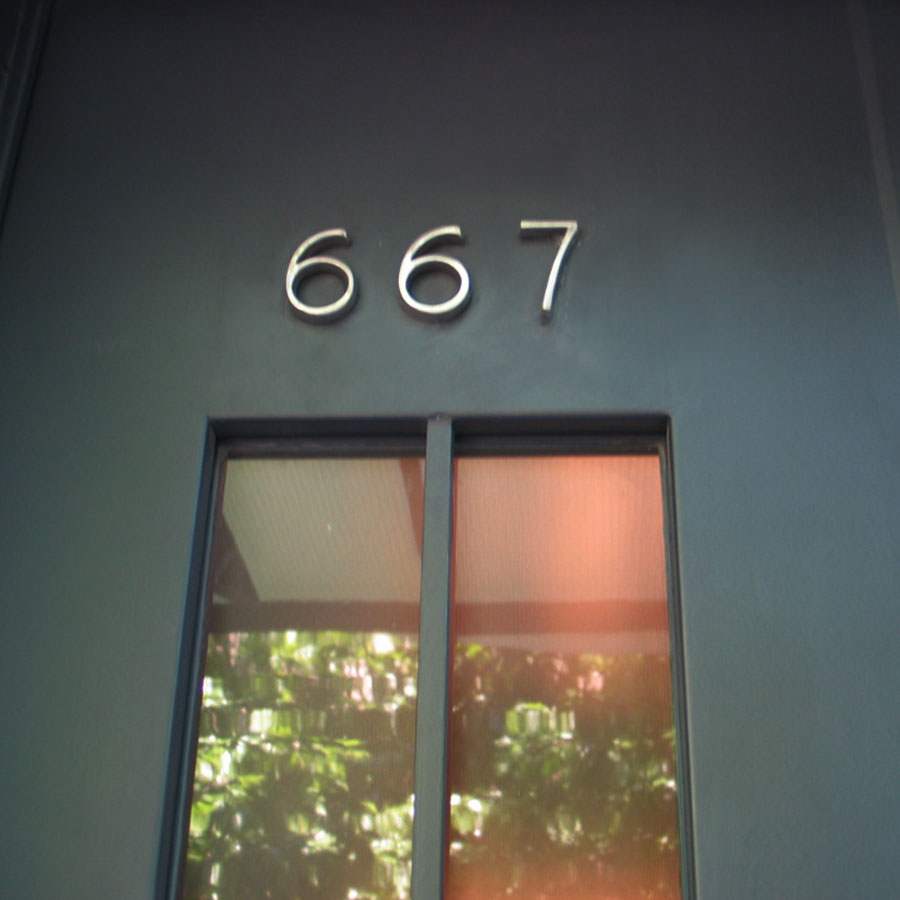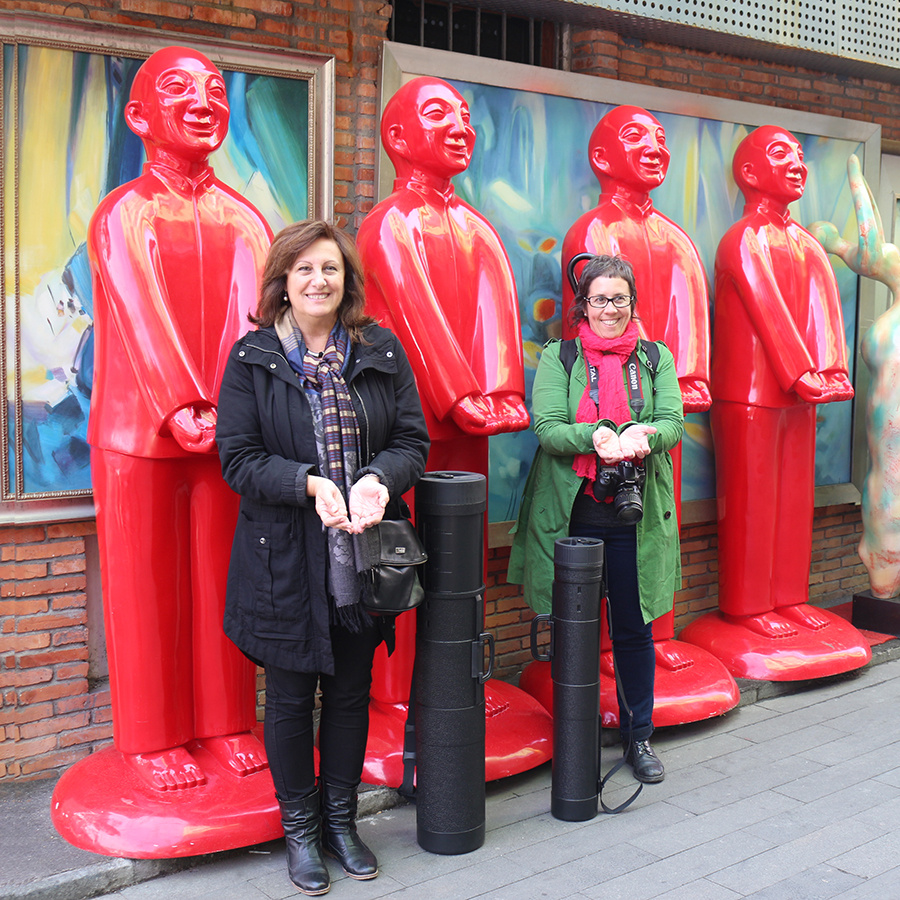Activities
Exhibitions, Semillero (Seedbed)
Mechanisms to Turn the Light On
Daiana Ares
02.12.20
“I’m a visual artist and teacher. My research revolves around practices that link works with space, with site-specific installation projects, with experimentation, with materials and their possibilities and limitations.” Daiana Ares.
Mechanisms to Turn the Light On
Glazed ceramic
Variable dimensions
2019-2020
Sometimes I want to fix and rebuild what has collapsed. Immersed in a subtle melancholy, I imagine the past of the vestiges. It is a thought that accompanies me on a daily basis. I don’t think everything in the past was better, but forgetting… forgetting terrifies me.
My gaze tends to stop at the worn, broken, rusted, damaged, eroded surfaces, which I automatically mentally repair and imagine in their heyday. Perhaps it is as a result of this that three years ago I began to make a photographic record of tubes that I find discarded in the streets. These elements are linked to space, turned garbage and left over in a random way. They generate seemingly carefree compositions, resting on the sidewalks, which engender their own peculiar complexity in their repose. Before, when they were important parts of a mechanism, they optimized the flow. The time in its path turned them into disconnected fragments, collapsed and marginalized.
The fear of oblivion leads me to create things.
I build pieces detaching them from that record. They are modules, always heterogeneous. They link to each other. Finding which piece joins another takes time. Much time and patience. I stop at the connections and their assemblies. It may happen that the pieces fit together or simply rest timidly on each other. Other times, a tension sustains and maintains the bond. And in others, they just accompany each other, holding each other emotionally, without touching, being next to each other.
BIO
Daiana Ares
1986 | Buenos Aires, Argentina
EDUCATION
2020 | Artists Program Shared Workshop, Crudo Gallery, Rosario, Argentina
2018 | Artists Program of Proyecto Pac, Gachi Prieto Gallery, Buenos Aires, Argentina
2017 | Cosmos Workshop, Daniel Joglar and Bruno Grupalli, Buenos Aires, Argentina
2009 | Héctor Maranesi’s workshop, Buenos Aires, Argentina
2008 | Teaching staff of visual arts, sculpture specialization. Regina Pacis Superior School of Fine Arts, San Isidro, Buenos Aires, Argentina
EXHIBITIONS
2020 | Video about the process of my work in the Microespacio of the Pettoruti Museum, La Plata, Buenos Aires, Argentina
2018 | The Pleasure of Exile, Gachi Prieto Gallery, Buenos Aires, Argentina
2018 | Dislocations, Tokio gallery, Lima, Peru.
2017 | Grayscale, Establishment, Buenos Aires, Argentina
2015 | I brought it from Barú, Quinta Trabucco, Vicente López, Buenos Aires, Argentina
RESIDENCIES
2018 | Tokyo gallery residence, Lima, Peru
2017 | Casa de Piedra Residence, Catamarca, Argentina
2016 | Dajaus Residence, coordinated by Silvana Lacarra and Martín Groisman, Buenos Aires, Argentina
AWARDS
2019 | Creation grant of the National Fund for the arts, Visual Arts, Buenos Aires, Argentina
2018 | First prize at the XLVIII Fernán Félix de Amador Hall, Vicente López, Buenos Aires, Argentina
This project has been possible thanks to the 2019 Creation Grant, FNA / Fondo Nacional de las Artes (National Endowment for the Arts), Argentina
